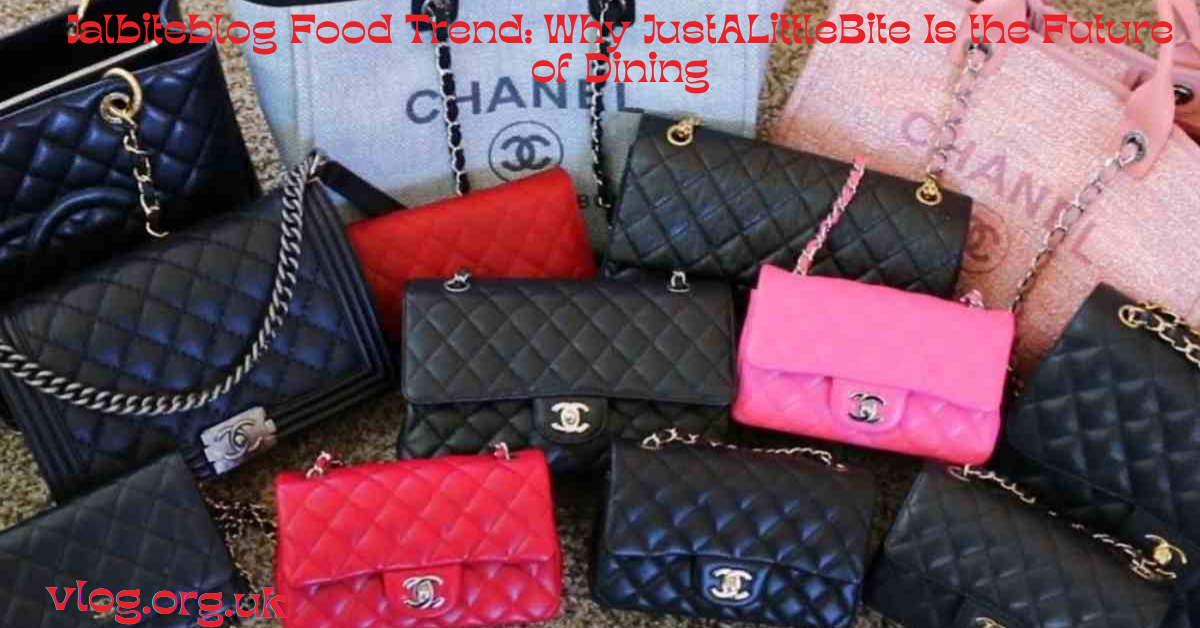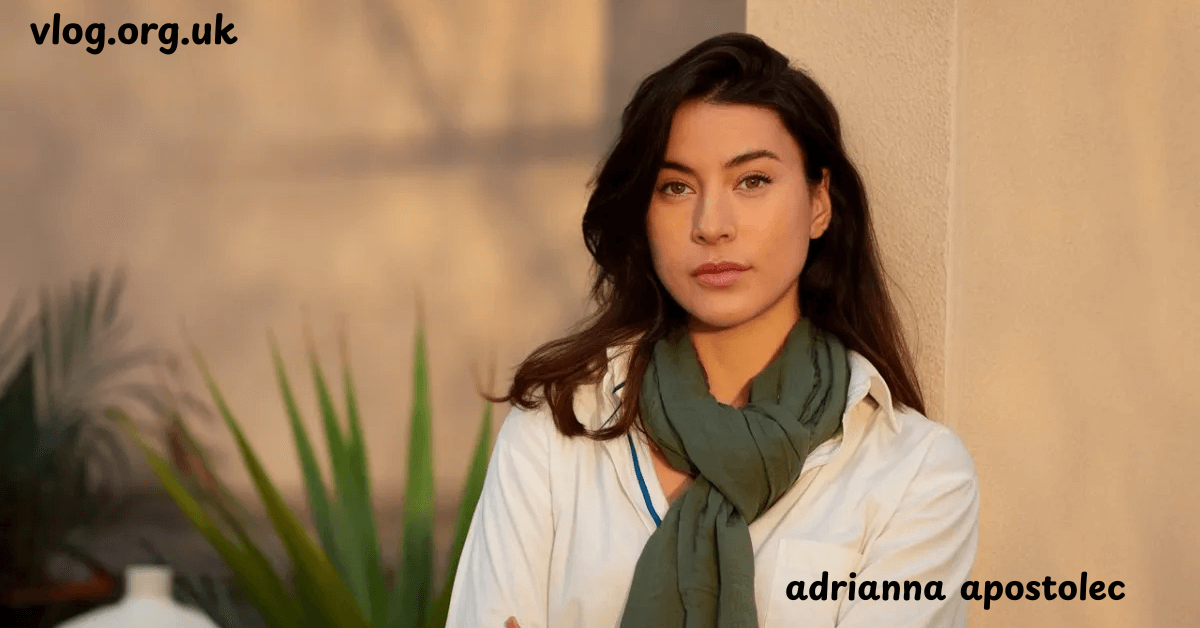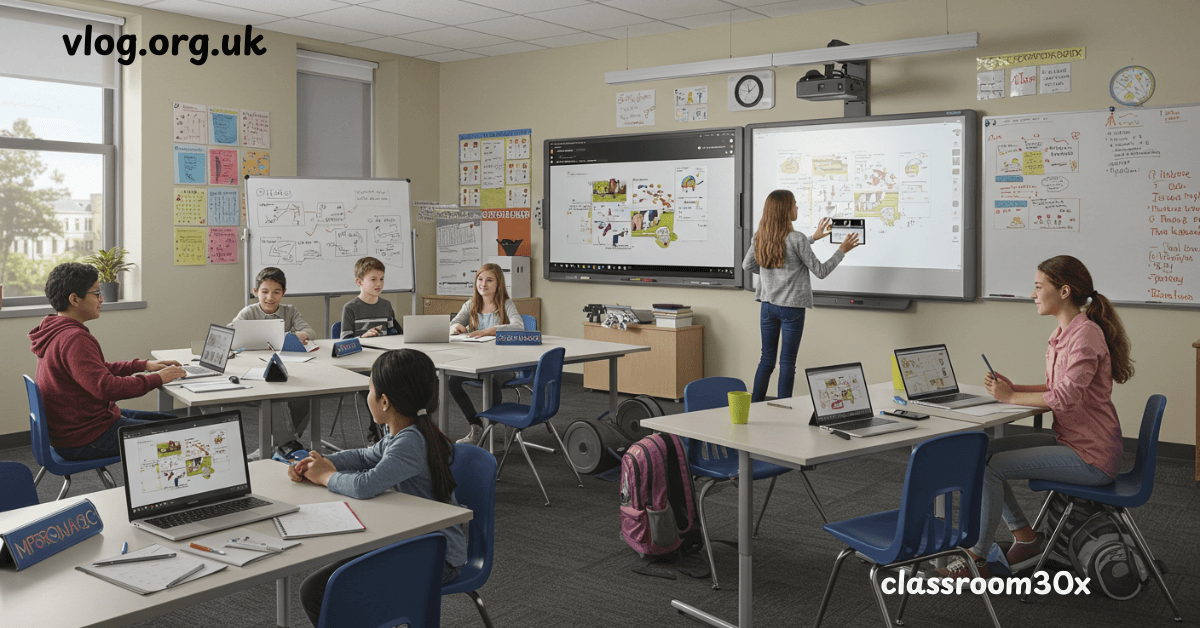
Second-Hand Bags Withher-Age: The Timeless Trend of Sustainable Luxury Fashion
In recent years, there has been a significant shift in consumer habits, with more and more fashion enthusiasts embracing sustainable fashion. Among the many aspects of sustainable shopping, second-hand bags withher-age have emerged as an exciting and eco-conscious trend that combines style, sustainability, and luxury. The concept of second-hand bags withher-age is not just a fleeting fashion statement, but rather a movement towards more mindful consumption. These pre-owned, vintage, and luxury handbags represent a unique blend of history, craftsmanship, and eco-friendly choices, all while offering a timeless appeal that continues to captivate the fashion world.
The world of second-hand bags withher-age is growing exponentially, driven by increasing awareness of environmental issues and the rise of a circular economy in fashion. Designer handbags that have been carefully used and cherished over time are now considered valuable assets rather than discarded items. This article delves into the world of second-hand bags, exploring their value, sustainability benefits, and the growing popularity of vintage handbags as a chic, eco-conscious alternative to fast fashion.
Understanding the Value of Second-Hand Bags
Second-hand bags withher-age offer a unique combination of luxury, history, and craftsmanship, making them an appealing option for fashion lovers. Whether it’s a vintage Louis Vuitton or a pre-owned Chanel, these bags carry more than just their functionality; they also come with a rich story. Many luxury handbags are crafted with such meticulous attention to detail that their value only increases as they age, especially if they are well-maintained. The allure of second-hand bags lies in their rarity, uniqueness, and the timeless designs that transcend seasonal trends.
Moreover, the growing demand for second-hand bags is a reflection of a shift in consumer values. Shoppers are becoming more discerning, opting for high-quality, long-lasting items that tell a story rather than succumbing to the rapid turnover of mass-produced goods. When you buy a second-hand bag, you are investing not only in fashion but also in a sustainable future. This conscious decision helps reduce waste, conserve resources, and minimize the carbon footprint of your fashion choices.
What Are Second-Hand Bags?
Second-hand bags, also known as pre-owned or pre-loved bags, are handbags that have been previously owned and resold in the market. They can range from affordable everyday purses to high-end designer bags like those from Louis Vuitton, Chanel, and Hermès. The second-hand market for handbags is booming, as consumers recognize the benefits of purchasing these items over new ones. Shopping for second-hand bags allows fashion enthusiasts to own luxurious pieces at a fraction of the cost, all while embracing eco-friendly fashion.
Second-hand bags come in various conditions, from lightly used bags that are almost brand new to vintage pieces with visible signs of wear and tear. This variety ensures that there is something for everyone, whether you’re looking for an affordable pre-owned bag or a high-value, investment-grade luxury item. The growing popularity of online resale platforms like Poshmark, Vestiaire Collective, and Rebag has made it easier than ever to find the perfect second-hand bag, complete with detailed descriptions and condition reports.
The Importance of Age in Second-Hand Bags
The age of a second-hand bag plays a significant role in its desirability and value. When referring to a second-hand bag withher-age, we’re talking about the charm and character that comes with time. Many collectors and fashion lovers seek vintage handbags because of their unique patina, discontinued designs, and the historical significance that comes with owning a bag from a particular era. For example, bags crafted from Louis Vuitton’s vachetta leather acquire a rich, golden patina over the years, which enhances their appeal and makes them even more coveted.
The appeal of age in second-hand bags goes beyond just physical wear; it’s also about the cultural context and craftsmanship of the time. A bag from the 1980s or 1990s may evoke a sense of nostalgia, while a vintage Chanel bag may represent the pinnacle of artisanal design. Age doesn’t diminish the value of these bags—it elevates them, making them highly sought after by fashion aficionados and collectors alike.
The Benefits of Choosing Second-Hand Bags
Choosing second-hand bags withher-age offers numerous benefits, from environmental advantages to financial savings. One of the most compelling reasons to opt for a pre-owned bag is its positive environmental impact. The fashion industry is one of the largest contributors to global pollution and waste, with fast fashion driving the demand for cheap, mass-produced goods. By purchasing second-hand bags, you actively reduce the demand for new production, thereby lowering carbon emissions and resource usage.
In addition to environmental benefits, second-hand bags also offer unique style. Unlike mass-produced items that follow the latest trends, second-hand bags often feature one-of-a-kind designs that reflect the individuality of their previous owners. Whether it’s a rare color, a discontinued model, or a vintage style, second-hand bags offer the opportunity to own a piece of fashion history that stands out in a world of mass-produced accessories.
Environmental Impact
The environmental impact of fashion is a growing concern, with the industry contributing significantly to pollution, waste, and resource depletion. Second-hand bags are a sustainable alternative to fast fashion, as they help reduce the demand for new production and extend the lifespan of high-quality items. By purchasing pre-owned bags, you contribute to the circular economy, where products are reused, recycled, and repurposed rather than discarded.
The environmental benefits of buying second-hand bags go beyond simply reducing waste. Leather production, for instance, has a significant carbon footprint due to the resources required for tanning and processing. By choosing second-hand leather bags, you help reduce the need for new leather goods, thereby conserving natural resources and minimizing the environmental toll of fashion manufacturing.
Unique Style
Second-hand bags offer a level of uniqueness that is hard to find in the world of mass-produced fashion. Each bag carries a history, and vintage handbags, in particular, are known for their timeless designs and exceptional craftsmanship. Whether it’s a vintage Chanel flap bag or a discontinued Louis Vuitton design, these bags have a story to tell, and their distinctiveness adds a personal touch to any wardrobe.
Unlike the fast-paced world of modern fashion, where trends come and go, second-hand bags withher-age are often built to last. They transcend fleeting trends, offering a classic appeal that remains stylish for decades. By opting for second-hand bags, you can create a wardrobe filled with unique, long-lasting pieces that reflect your individual style.
Economic Savings
One of the most significant advantages of purchasing second-hand bags is the potential for economic savings. High-end designer bags like those from Chanel, Louis Vuitton, and Hermès can be prohibitively expensive when bought brand new. However, by purchasing a second-hand bag, you can acquire luxury items for a fraction of their original price. This makes designer bags more accessible to a wider audience, allowing fashion lovers to invest in timeless pieces without breaking the bank.
The resale value of second-hand luxury bags can also make them a wise financial investment. Some bags, such as the Hermès Birkin or Chanel Classic Flap, actually appreciate in value over time. This means that if you buy a well-maintained second-hand bag, you could potentially sell it for a profit in the future. Investing in second-hand luxury bags is not only a fashion statement but also a smart financial decision.
How to Shop for Second-Hand Bags
Shopping for second-hand bags has never been easier, thanks to the rise of online platforms and physical stores that specialize in pre-owned luxury goods. Online resale platforms like Poshmark, Depop, and Vestiaire Collective offer a wide selection of second-hand bags, ranging from affordable finds to high-end designer pieces. These platforms provide detailed descriptions and condition reports, making it easier to find the perfect bag for your needs.
In addition to online platforms, high-end consignment stores and vintage boutiques also offer curated selections of second-hand bags. These stores carefully vet the items they sell, ensuring that customers receive genuine, well-maintained pieces. Whether you’re shopping online or in-store, it’s essential to do your research and verify the authenticity of the bags you’re interested in.
Where to Find Them
Finding authentic second-hand bags withher-age can be a rewarding experience, but it requires some knowledge of where to shop. Online platforms like The RealReal, Rebag, and Vestiaire Collective are trusted sources for pre-owned luxury bags, offering a range of options for every budget. These platforms have a rigorous authentication process to ensure that you’re buying genuine designer pieces.
In addition to online platforms, you can also find second-hand bags at thrift stores, consignment shops, and vintage markets. These places often offer unique finds at lower prices, making them ideal for those seeking one-of-a-kind accessories. High-end consignment boutiques and auction houses like Sotheby’s and Christie’s are also excellent places to find rare, collectible second-hand bags that may appreciate in value over time.
Authenticating Your Purchase
When buying second-hand bags, especially high-end luxury items, it’s crucial to authenticate your purchase to avoid counterfeit goods. There are several ways to verify the authenticity of a bag, including examining the stitching, hardware, and serial numbers. If you’re buying online, look for platforms that offer guarantees of authenticity, such as Entrupy, Authenticate First, and Real Authentication, which provide expert verification services.
In addition to visual inspection, always ask the seller for any available documentation, such as receipts or authenticity cards. Reputable sellers will provide this information to ensure the bag’s legitimacy. By taking these steps, you can confidently invest in second-hand bags without worrying about authenticity.
The Future of Second-Hand Fashion
The future of second-hand fashion, particularly second-hand bags, is bright. As more consumers embrace sustainable purchasing habits, the demand for pre-owned bags is expected to continue growing. Brands are recognizing the value of second-hand markets and some are even launching take-back programs to encourage the resale of used bags. This shift in the fashion industry is part of a larger movement toward fashion sustainability, where the focus is on reducing waste, conserving resources, and embracing eco-conscious fashion choices.
As the resale market for handbags continues to expand, it’s likely that more consumers will turn to second-hand bags as a viable and stylish alternative to buying new. The combination of luxury, sustainability, and unique style makes second-hand bags withher-age an appealing choice for fashion-forward individuals who value both style and sustainability.
Conclusion: The Future of Second-Hand Fashion
Second-hand bags withher-age are more than just a passing trend; they represent a lasting shift in how we approach fashion. By choosing pre-owned luxury bags, you are making a statement about sustainability, individuality, and timeless style. Whether you’re drawn to the historical significance of vintage handbags or the economic benefits of purchasing second-hand luxury items, there’s no denying the allure of these fashion treasures.
The future of second-hand fashion looks promising, with more consumers embracing the values of sustainability and mindful purchasing. As the industry continues to evolve, second-hand bags withher-age will undoubtedly remain a central part of the fashion landscape, offering stylish, eco-friendly, and affordable alternatives to the traditional fast-fashion cycle. So, the next time you’re in the market for a new bag, consider investing in a pre-loved piece with character, history, and a positive impact on the planet.
Frequently Asked Questions (FAQ)
1. What does “second-hand bag withher-age” mean?
The term “second-hand bag withher-age” refers to pre-owned handbags that have aged over time, gaining value and character due to their age, patina, or historical significance.
2. How can I ensure a second-hand bag is authentic?
To authenticate a second-hand bag, examine the stitching, hardware, and serial numbers. You can also ask for documentation or use services like Entrupy, Authenticate First, or Real Authentication for professional verification.
3. Are second-hand bags a good investment?
Yes, many luxury bags, like Chanel and Hermès, appreciate in value over time. A well-maintained second-hand bag can even fetch a higher resale price in the future.
4. Where can I buy second-hand bags?
You can find second-hand bags at online platforms like The RealReal, Poshmark, and Vestiaire Collective, as well as at high-end consignment shops, vintage boutiques, and auction houses like Sotheby’s and Christie’s.





